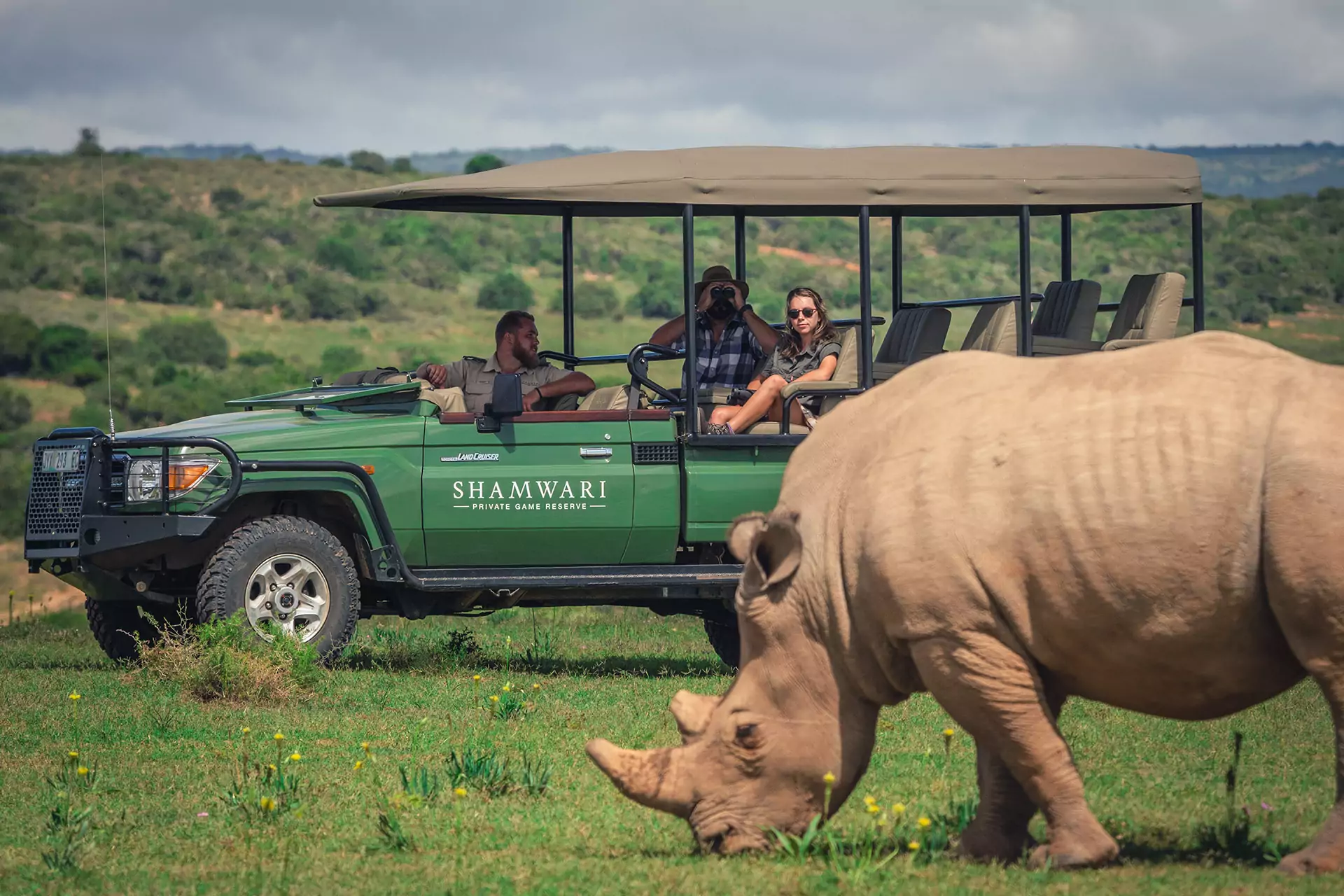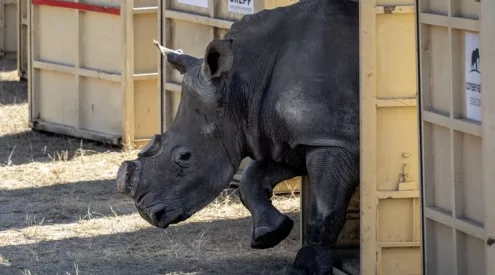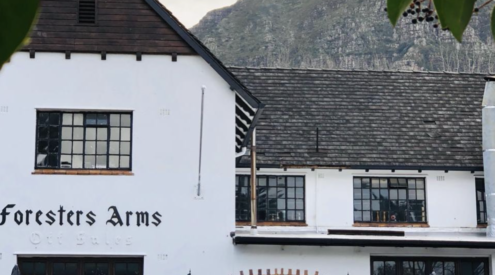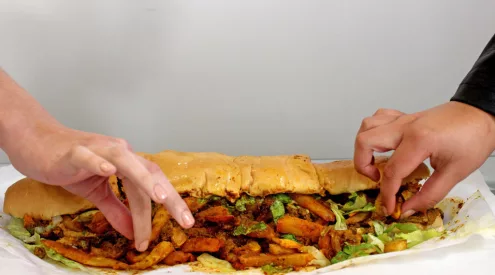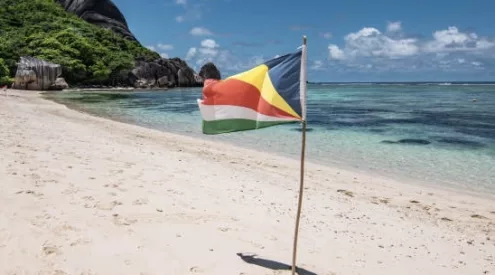The first two routes of the Cradle of Human Culture were launched yesterday and are set to take travellers on a journey through early human self-expression and lifestyle.
As the official website of the initiative says: ‘If the Cradle of Humankind delves into where we came from, the Cradle of Human Culture reflects how we became what we are today.’
https://www.instagram.com/p/BwHfvVnpoK7/
Three of the sites on the route have been nominated as World Heritage sites and all sites show how tradition, symbolism, human behavior, and technology have evolved near the southern tip of Africa over the past 100,000 years.
The routes are the first of many envisioned to track the heritage and expression of humans unearthed by archeology and paleontology in South Africa.
The three main sites are: Diepfloof Rock Shelter, east of Eland’s Bay, dating back 60,000 years. The second is Blombos Cave, near Stilbaai, dating 73,000 years. The third is Pinnacle Point, in Mossel Bay, evidence of people eating seafood 162,000 years ago. #cradleofhumanculture pic.twitter.com/ZgS2BkjtXp
— Wesgro – Cape Town & the Western Cape (@Wesgro) April 11, 2019
They’re designed to show all people that ‘we have more in common than that that sets us apart and today we bear witness to how this was set in stone, long before any of us present came into existence,’ said Western Cape Premier Helen Zille at the launch of the routes on 11 April.
The Artist’s Journey route begins in Cape Town with a visit to the rock art of Peers Cave above Fish Hoek and ends with 21st Century African art at Zeitz Museum of Contemporary Art Africa.
https://www.instagram.com/p/BGRkVN3qk8q/
Journey up the West Coast to !Khwa ttu, a non-profit San culture and education centre, in Yzerfontein to listen to oral history. Carry on to the West Coast Fossil Park in Langebaan to see fossils of animals which roamed the shore millions of years ago. Study rock art in the Elands Bay Cave on the Sevilla Rock Art Trail in Clanwilliam and Truitjieskraal. The route passes through seven main towns along the Cape West Coast.
https://www.instagram.com/p/BpbNm9xHlCf/
https://www.instagram.com/p/BvuckJ_F2kd/
The Coastal Journey begins in Cape Town too, but sticks closer to the coast and allows you to step into ancient seaside homes to understand the connection between humans and the ocean. The journey takes you through caves filled with evidence of how Homo sapiens lived up to 133,000 years ago. The route takes you from the depths of the Cango Caves to the edge of the stone tidal fish traps of Stilbaai. The route passes through 13 main towns in the Cape Winelands, Cape Overberg, Klein Karoo, and Garden Route.
https://www.instagram.com/p/BudhOk0nwFc/
https://www.instagram.com/p/BPjocncAmZn/
‘Additional experiences and products have been added to the route that show us how as humans we came from the first drawing to our latest modern art activities,’ explains Western Cape Minister of Economic Opportunities Beverley Schäfer. Among these experiences are riel dances in Clanwilliam or dining with locals in Stellenbosch.
https://www.instagram.com/p/BcMZgf4Fv1e/
There were nearly two million visitors to the Western Cape in 2017. Over 55% said that culture and heritage is a key activity on their travel itinerary. Culture and heritage experiences rank 6th among the top tourism activities in the province and is even more popular than dining out, entertainment and shopping, says Schäfer.
Read more on Getaway about the planning behind the project.
Feature Image: Image: Scott Ramsay/ CapeNature/ Facebook.


